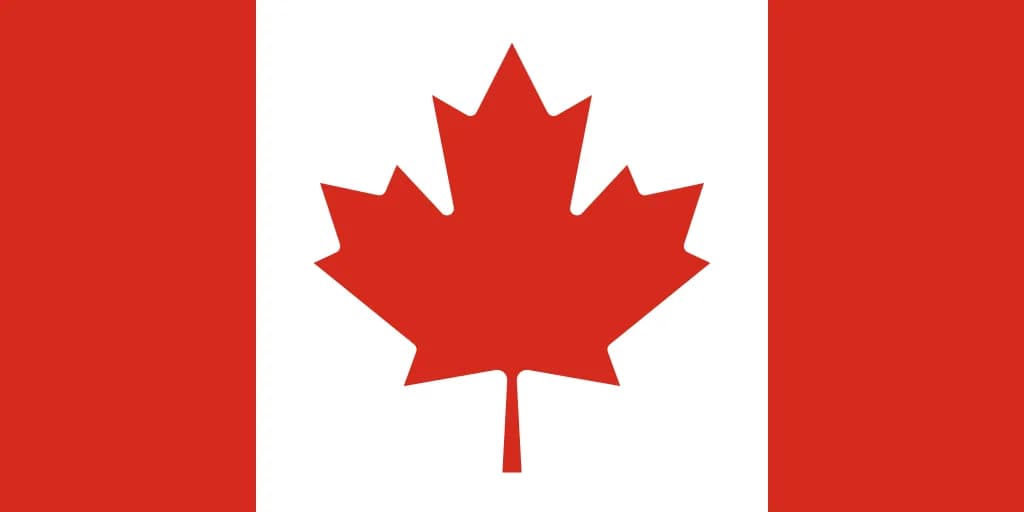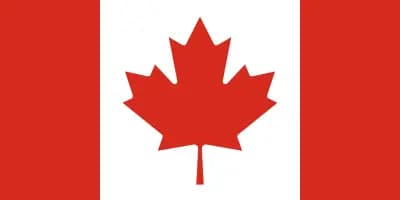Nassau, Bahamas: Your Ultimate Travel Guide
Discover the best times to visit Nassau, Bahamas, top attractions, culture, budget tips, and more. Plan your perfect island getaway!
Read More →Planning a trip to Canada? Discover the best time to visit based on weather, crowds, and events. Explore top attractions, hidden gems, budget tips, transportation, and more! From vibrant cities to stunning nature, we've got you covered.

Reverted to version as of 03:19, 23 January 2019 (UTC). It it ain't broke, don't fix it.

Get detailed weather data, best times to visit, and local insights on our comprehensive destination guide.
View Canada Guide →🌟 Planning your next adventure?
Find the best deals on flights, hotels, and travel packages at Trip.com.
Canada, a land of breathtaking landscapes and diverse cultures, offers something for every traveler. But knowing when to visit is crucial for an optimal experience. This comprehensive guide breaks down the best times to visit Canada, considering weather, crowds, and budget.
Summer is peak season, offering long daylight hours and warm temperatures perfect for exploring national parks like Banff National Park and Jasper National Park. Expect higher prices and more crowds. Check out our guide on the best time to visit Banff for more specific information.
Autumn brings stunning foliage, making it ideal for scenic drives and hiking. The crowds thin out, and prices become more reasonable. This is a fantastic time for exploring the charming towns of Quebec City and experiencing the vibrant fall colors of the Maritimes.
Spring offers a refreshing escape with milder temperatures and fewer tourists. While some areas may still have snow, many attractions are open, and you can enjoy blooming flowers and a quieter experience. Consider visiting Montreal during this season for a pleasant city break.
Winter is perfect for snow activities like skiing and snowboarding in resorts like Whistler Blackcomb. Expect cold temperatures, snow, and ice. If you're a winter sports enthusiast, this is the time for you! For more specific information on winter activities, see our guide on the best time to visit Whistler.
Canada is a multicultural nation. Being polite and respectful is key. Canadians are generally friendly and welcoming. Learning a few basic French phrases will be appreciated in Quebec.
Costs vary greatly depending on the season and your travel style. Expect to spend around $100-$200 per day for mid-range travel. Consider using budget airlines and accommodation options to save money.
Canada has excellent transportation options. Flights are readily available between major cities. Trains are a scenic way to travel across the country. Public transportation within cities is generally reliable.
Canada offers diverse accommodation options, from budget-friendly hostels to luxurious hotels and charming B&Bs. Booking in advance, especially during peak season, is highly recommended.
Canadian cuisine is diverse, influenced by its multicultural population. Don't miss out on trying poutine, maple syrup treats, and fresh seafood.
Canada is generally a safe country, but it's always wise to take standard precautions. Be aware of your surroundings, especially at night. Travel insurance is highly recommended.
Planning your canada adventure? Enhance it with a customizable private tour guide via GoWithGuide—perfect for exploring beyond the city.
💡 Travel Tip: To make planning simple, you can search flights, hotels, and packages all in one place on Trip.com.
Discover the best times to visit Nassau, Bahamas, top attractions, culture, budget tips, and more. Plan your perfect island getaway!
Read More →Plan your dream trip to LA! Discover the best times to visit, top attractions, hidden gems, and budget tips for your Los Angeles adventure.
Read More →Discover the best time to visit Mumbai, India's bustling metropolis. Explore top attractions, local culture, food, and essential travel tips for an unforgettable trip.
Read More →